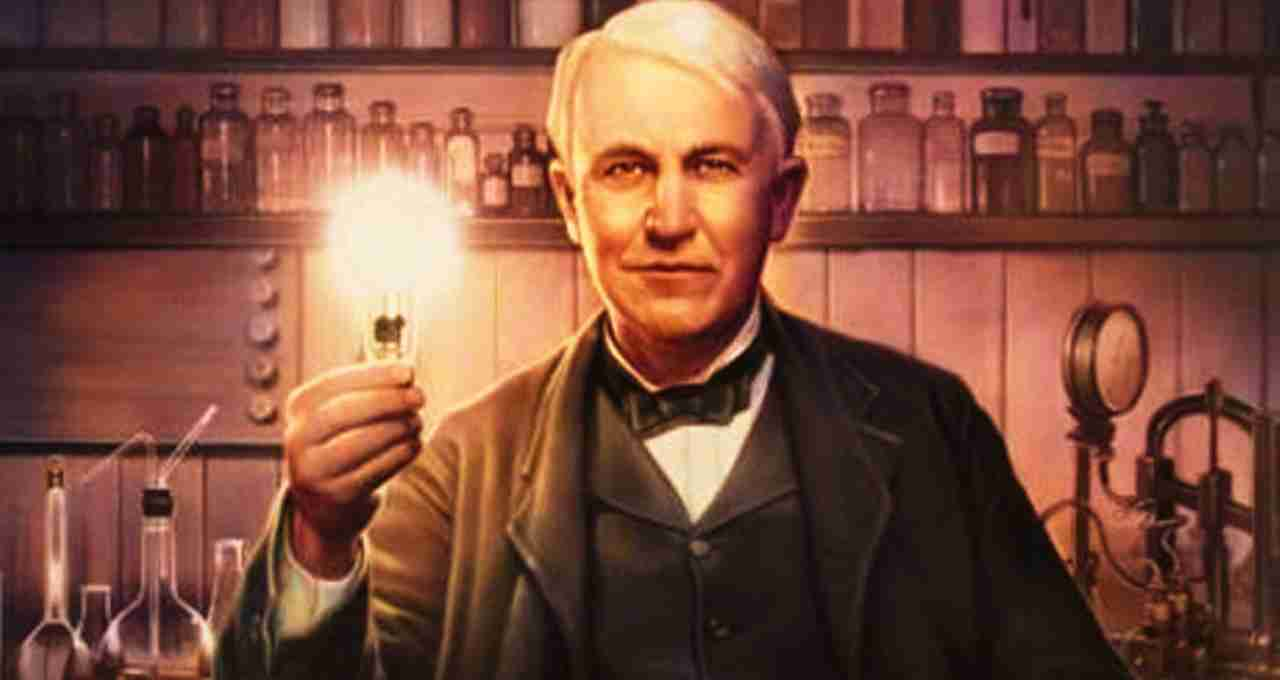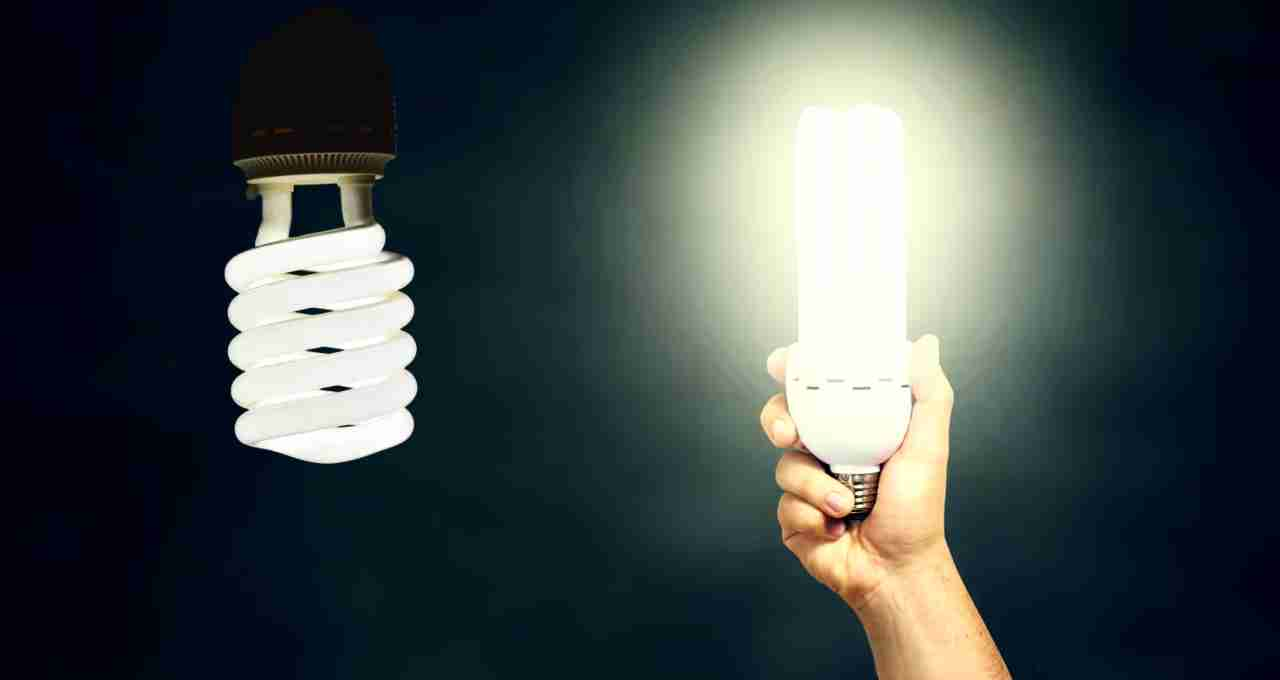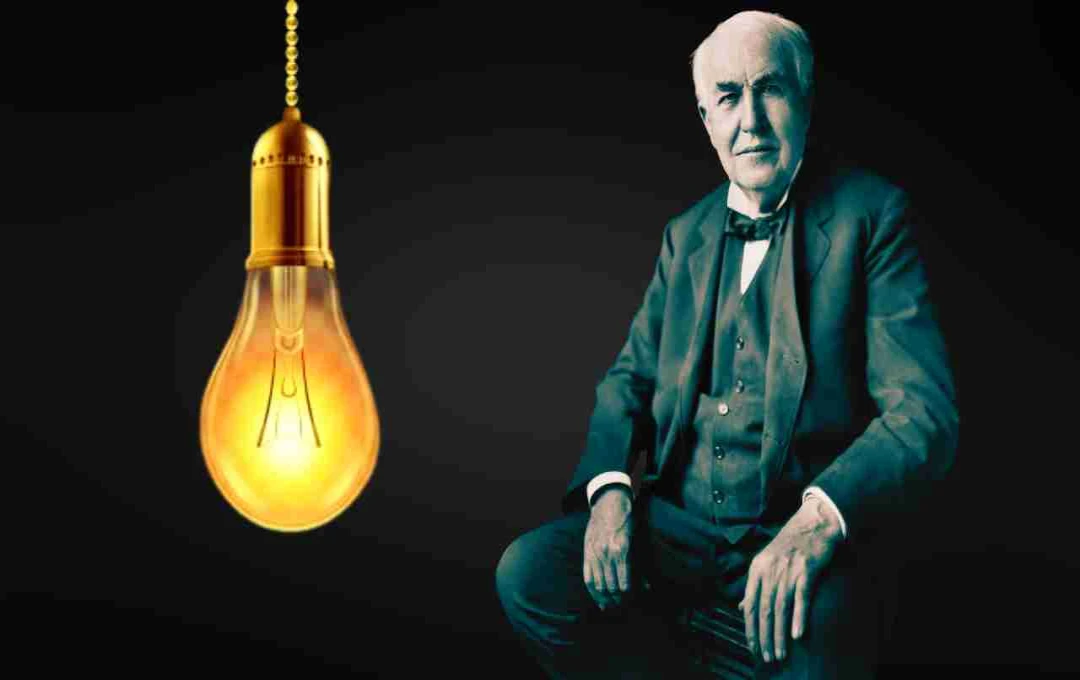The history of the light bulb spans over 150 years, fundamentally transforming our lives. At its invention, no one could have foreseen the profound impact this small invention would have. It not only illuminated our homes but also revolutionized the way we work, conduct nighttime activities, and utilize energy.
The Light Bulb: A Shared Invention
The invention of the light bulb was a collaborative effort, a testament to the contributions of numerous brilliant scientists and inventors. It cannot be attributed to a single individual. Towards the end of the 19th century, many scientists began refining and innovating upon pre-existing ideas. Thomas Edison is commonly recognized as the inventor, but his contribution primarily lies in making the light bulb commercially viable.
Before Edison, other scientists like Henry Woodward and Joseph Swan made significant strides. Thomas Edison, in 1879, created the first commercially successful bulb with a longer lifespan and reduced energy consumption. This discovery significantly increased electricity usage worldwide and brightened countless nights.
The light bulbs we use today are a culmination of the contributions of all these scientists. It exemplifies how continuous improvement can refine an idea into something better.
Thomas Edison and the Incandescent Bulb

While Thomas Edison's name is bly associated with the light bulb's invention, many scientists contributed. In 1835, the electric arc light was demonstrated, followed by numerous experiments on filaments and bulb environments by various scientists. Early bulbs had short lifespans and were expensive. Scientists continuously worked to overcome these limitations.
In 1879, Thomas Edison and his team developed a carbon filament bulb that lasted 14.5 hours. Later, they experimented with a bamboo filament, achieving a lifespan of 1200 hours. This improvement gave Edison's bulb a distinct advantage, making it commercially successful. Simultaneously, Edison developed improved vacuum pumps and bulb sockets, which became standards for modern bulbs. These improvements by Edison made the light bulb a commonplace item.
Fluorescent Bulbs: The Era of Energy Efficiency
The 20th century's energy crisis and rising electricity costs spurred scientists to develop new lighting technologies. This led to the development of fluorescent bulbs, which not only reduced electricity consumption but also improved light quality. Fluorescent bulbs were significantly more energy-efficient than incandescent bulbs, marking a major breakthrough.
Fluorescent bulbs came into use in the 1930s and quickly gained popularity. Three times more efficient than incandescent bulbs, their adoption in homes and businesses rapidly increased. Fluorescent lighting offered energy savings and environmental benefits, ushering in a new era of energy efficiency.
CFLs (Compact Fluorescent Lamps): Saving Energy

The 1970s energy crisis further motivated scientists to develop even more energy-efficient bulbs. During this time, Edward Hammer of General Electric developed the CFL (Compact Fluorescent Lamp). CFLs were smaller than traditional fluorescent bulbs, providing more light with less energy, thus reducing electricity consumption.
Initially, CFLs were expensive and had performance issues, but their design and technology improved over time. By the 1990s, CFLs became a common lighting option in homes. These bulbs offered energy savings and positive environmental impact, leading to their widespread adoption.
LEDs: The Light of the Future
Today, the fastest-developing lighting technology is the LED (Light Emitting Diode). LED bulbs utilize semiconductors to convert energy into light. They are not only highly energy-efficient but also boast significantly longer lifespans. LEDs are far more efficient than traditional bulbs and are now widely adopted in homes, offices, and businesses.
In 1962, Nick Holonyak Jr. of General Electric invented the first red LED. Since then, LED technology has continuously improved, and LED bulbs are now ubiquitous. LEDs not only help conserve energy but are also environmentally friendly. Their manufacturing and disposal processes are more environmentally sound than traditional bulbs, making them an ideal choice for the future of lighting.
The history of the light bulb is an incredible journey, marked by continuous invention and improvement to enhance our lives. This technology transformed night into day and opened up countless possibilities. Today's LED bulbs play a crucial role in reducing energy consumption and protecting the environment.














